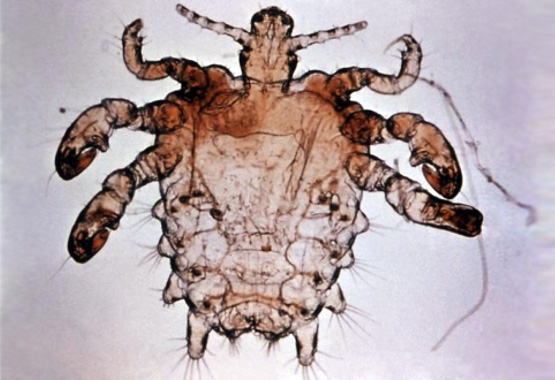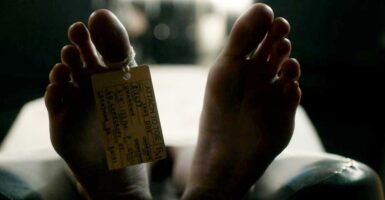Pubic Lice May Be An Endangered Species
This article is more than 2 years old
If you’re a parent with young children, or are a person planning on having children in the future, then you can rejoice. Whenever they reach a sexual age, you’ll probably only have to worry about them contracting syphilis, gonorrhea, herpes, chlamydia, and HIV, among many other things. But not crabs. No, those are in the bag. On on the salon floor, possibly.
Pubic lice are quickly becoming endangered, a change mostly attributed to the current popularity of removing all the hair down there. As the subtle care of shaving gave way to the quick searing pain of waxing, brought to the mainstream by the Brazilian J Sisters salon in New York, more and more people took to partially or completely “grooming” their areas. Studies show 80 percent of college students have little, if any, carpet to match the drapes, and this removal of a habitat has left the lice without a home. And without one, there’s no bumming on street corners for these guys.

“Pubic grooming has led to a severe depletion of crab louse populations,” said Ian F. Burgess, medical entomologist of the Insect Research & Development Ltd. out of Cambridge, England. “Add to that other aspects of body hair depilation, and you can see an environmental disaster in the making for this species.”
I can picture teams of lice working together to formulate hair-growth formulas to ensure their survival. But considering the depilatory industry brought in a whopping $4.69 billion last year — expected to rise to $5.6 billion in another three years — it doesn’t seem as if the Pubic Lice Era will be around much longer, marking what may be the first time a species will be mostly eradicated on purpose for all the right reasons. PETA (didn’t really) have this to say: “Yeah, all right then.”












